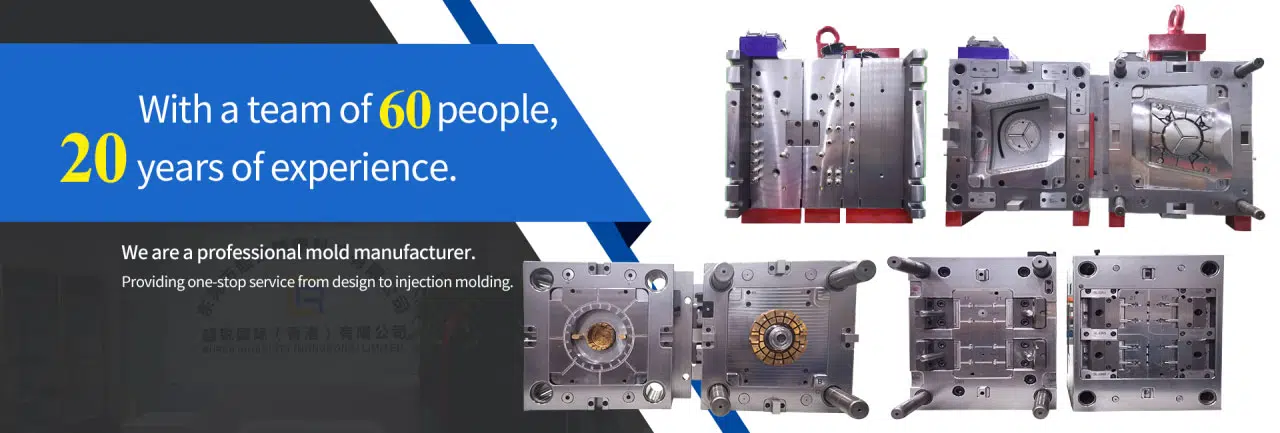Surface Finishing Techniques and Applications

# Surface Finishing Techniques and Applications
## Introduction to Surface Finishing
Surface finishing refers to a broad range of industrial processes that alter the surface of a manufactured item to achieve specific properties. These processes can enhance appearance, improve durability, increase corrosion resistance, or modify electrical conductivity. The choice of surface finishing technique depends on the material, intended application, and desired surface characteristics.
## Common Surface Finishing Techniques
### 1. Mechanical Finishing
Mechanical finishing processes involve physical methods to modify surface characteristics:
– Grinding: Uses abrasive wheels to remove material and create a smooth surface
– Polishing: Produces a reflective surface through progressively finer abrasives
– Buffing: Similar to polishing but uses cloth wheels with fine abrasives
– Sandblasting: Propels abrasive particles to clean or texture surfaces
### 2. Electroplating
Electroplating uses electrical current to reduce dissolved metal cations, forming a coherent metal coating on an electrode. Common applications include:
– Chrome plating for decorative and wear-resistant surfaces
– Nickel plating for corrosion resistance
– Gold plating for electrical contacts and jewelry
– Zinc plating for rust prevention (galvanization)
### 3. Chemical Finishing
Chemical processes alter surface properties without mechanical means:
– Anodizing: Creates a protective oxide layer on aluminum
– Passivation: Enhances stainless steel’s corrosion resistance
– Chemical etching: Selectively removes material to create patterns
– Conversion coating: Forms protective layers through chemical reactions
### 4. Thermal Spraying
Thermal spraying techniques melt or heat materials and spray them onto surfaces:
– Flame spraying
– Plasma spraying
– High-velocity oxy-fuel spraying (HVOF)
– Cold spraying
## Applications of Surface Finishing
Surface finishing finds applications across numerous industries:
### Automotive Industry
– Chrome plating for decorative trim
– Powder coating for durable finishes
– Anodizing for aluminum components
– Thermal spraying for engine parts
### Aerospace Industry
– Anodizing for aluminum aircraft components
– Electroless nickel plating for corrosion resistance
– Thermal barrier coatings for turbine blades
– Passivation for stainless steel fasteners
### Electronics Industry
– Gold plating for connectors and contacts
– Tin plating for solderability
– Conductive coatings for EMI shielding
– Surface texturing for improved adhesion
Keyword: Surface Finishing
### Medical Industry
– Polishing for surgical instruments
– Antimicrobial coatings for implants
– Hydrophilic coatings for catheters
– Anodizing for medical device housings
## Factors Influencing Surface Finishing Selection
When choosing a surface finishing technique, consider:
– Material compatibility
– Required surface properties (hardness, roughness, etc.)
– Environmental conditions (temperature, humidity, chemicals)
– Cost considerations
– Production volume
– Regulatory requirements
– Aesthetic requirements
## Emerging Trends in Surface Finishing
Recent developments in surface finishing include:
– Nanocoatings for enhanced surface properties
– Environmentally friendly processes
– Digital surface finishing technologies
– Smart coatings with responsive properties
– Additive manufacturing surface treatments
## Conclusion
Surface finishing plays a critical role in modern manufacturing, offering solutions for both functional and aesthetic requirements. As materials science advances, new finishing techniques continue to emerge, enabling products with improved performance, longer lifespans, and enhanced visual appeal across all industries.

